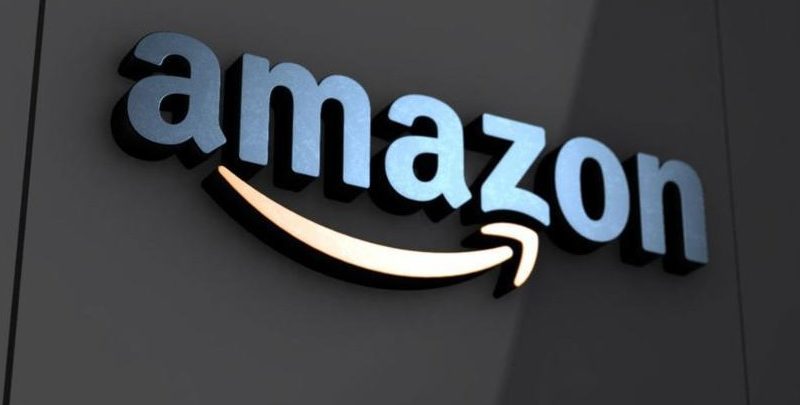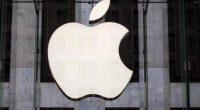Amazon reported its financial results for Q1 2022, revealing that it had beat the estimates when it came to revenue for the quarter but missed the same when it came to earnings per share (EPS). The juggernaut clocked $116.4 billion in revenue against expectations of $116.3 billion (a growth of 7%), while its diluted EPS came at $7.38 against the estimated $8.36 (and lesser than the $15.79 it had clocked in Q1 2021.)
Additionally, the company clocked a severe loss of $7.6 billion against its investment in EV maker Rivian. Rivian’s shares fell by more than 50% in the first quarter of the year, something that had an impact on the numbers of Amazon, which had a stake of nearly 18% in the company. It had put in over $1.3 billion in Rivian.
Coming back to Amazon’s performance in the first quarter, we find that the net income amounted to $3.8 billion in the period, while operating cash flow fell by 41% to reach $39.3 billion for the trailing 12 months.
Amazon Web Services (AWS), which suffered a hattrick of outages last December, remained profitable to clock $18.44 billion in net sales during the first quarter, exceeding estimates of $18.27 billion and year-over-year growth of 36.5%. Its operating income for the same came at $6.5 billion as well (a growth of 57%). It clocked an operating loss in its operations in North America – $1.57 billion – while its net sales for the region in Q1 2022 increased to $69.3 billion.
Its advertising business generated $7.9 billion in revenue in the first quarter, falling short of the estimated $8.17 billion but clocking a year-over-year growth of 23%.
“The pandemic and subsequent war in Ukraine have brought unusual growth and challenges. With AWS growing 34% annually over the last two years, and 37% year-over-year in the first quarter, AWS has been integral in helping companies weather the pandemic and move more of their workloads into the cloud. Our Consumer business has grown 23% annually over the past two years, with extraordinary growth in 2020 of 39% year-over-year that necessitated doubling the size of our fulfillment network that we’d built over Amazon’s first 25 years—and doing so in just 24 months,” said Andy Jassy, Amazon CEO.
“Today, as we’re no longer chasing physical or staffing capacity, our teams are squarely focused on improving productivity and cost efficiencies throughout our fulfillment network. We know how to do this and have done it before. This may take some time, particularly as we work through ongoing inflationary and supply chain pressures, but we see encouraging progress on a number of customer experience dimensions, including delivery speed performance as we’re now approaching levels not seen since the months immediately preceding the pandemic in early 2020,” he added.
Amazon’s guidance for the second quarter of the year painted a dismal picture that resulted in the steep fall of Amazon shares by as much as 10% in extended trading. The company expects net sales to come within the range of $116-121 billion (a growth of 3-7%), which failed to exceed the estimates of $125 billion by analysts.
The Tech Portal is published by Blue Box Media Private Limited. Our investors have no influence over our reporting. Read our full Ownership and Funding Disclosure →






